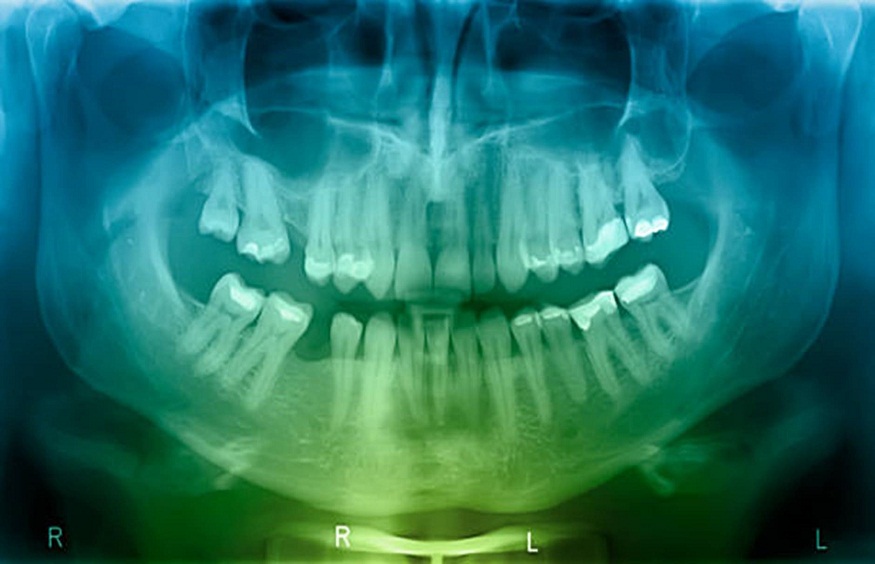In today’s post, we dive into the world of dental X-rays. We aim to demystify this crucial dental tool that remains mysterious to many. A general dentist offering dental implants Greenwich helps us unfold the secrets of these magical images. We explore how they work, what they reveal, and why they are so important. Let’s unravel this dental enigma together.
Demystifying Dental X-Rays
Dental X-rays are images of your teeth that your dentist uses to evaluate your oral health. These X-rays are taken with low levels of radiation. They show the hidden areas of your teeth, such as the roots and the areas between your teeth.
What Do Dental X-Rays Show?
Dental X-rays reveal a lot more than cavities. They show bone loss, develop infections, gum disease, and even tumors. In children, dental X-rays can help monitor tooth growth and development.
Working Mechanism of Dental X-Rays
Dental X-rays work by passing a controlled amount of X-ray radiation through your oral tissues. The radiation is absorbed more by denser tissues such as teeth and bone, leaving these areas white on the X-ray. Less dense tissues like gums and cheeks appear darker.
The Importance of Dental X-Rays
Dental X-rays are a critical part of a thorough dental examination. They help dentists detect problems early, long before you might notice any symptoms. Early detection and treatment can save teeth, money, and maybe even a life.
Comparison of Different Types of Dental X-Rays
| Type of X-Ray | What It Shows |
| Bitewing | Details of the upper and lower teeth in one area of the mouth |
| Periapical | The entire tooth from the crown to the root |
| Panoramic | The entire mouth including all teeth on both upper and lower jaws |
| Occlusal | The floor and roof of the mouth |
In conclusion, dental X-rays are an essential tool in modern dentistry. Their role in preventive care is significant, helping dentists to catch issues early. Now that we’ve decoded dental X-rays, it’s clear that they are nothing to fear. In fact, they’re a powerful ally in maintaining our oral health.

